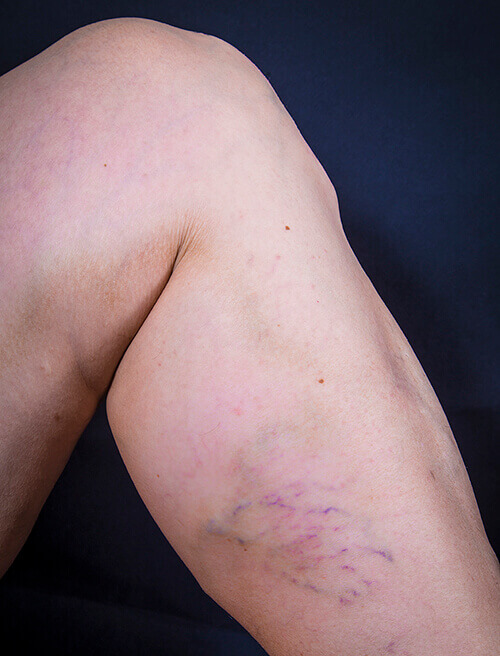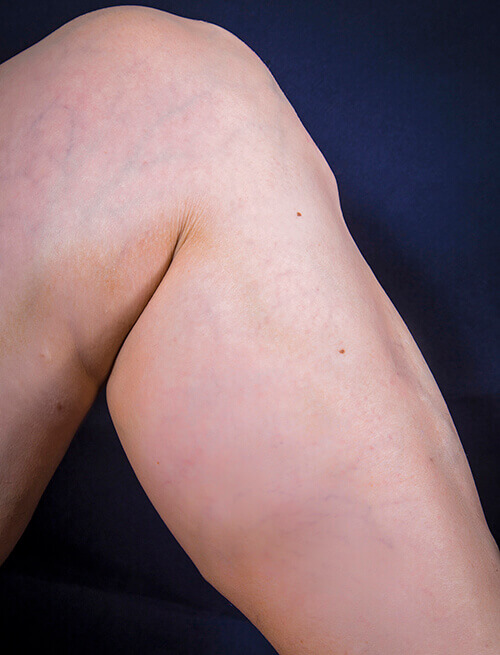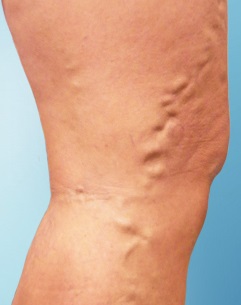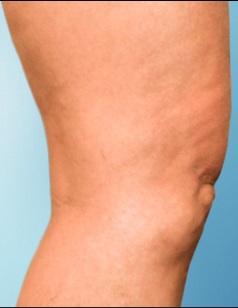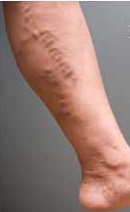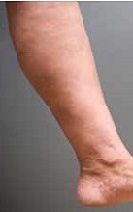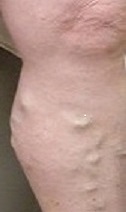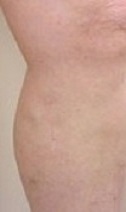At PCI Vein, we have developed an unique, multi-faceted approach to treating your varicose veins with NO down time, the only clinic in town with this protocol.
-
- Trained ultrasound technologist AND diagnostic radiologist to review your varicose vein images
- State of the art technologies using BOTH laser AND radiofrequency ablation equipment
- Minimally invasive micro-phlebectomy, surgical techniques to remove large varicose vein
- Tiny, precise sclerotherapy injections for unsightly spider veins and other superficial veins
Varicose veins are enlarged, bulging veins on the skin of the legs. These abnormal veins are caused by venous reflux disease. Venous reflux disease occurs when valves in the veins malfunction and cannot push blood from your legs back to your heart. The blood then pools in the vein; over time the pooling of blood in the vein causes fluid to leak out into the tissues of the leg. This is when a patient will feel heavy, achy legs. As the disease worsens, blood leaks in the skin turning it brownish black. The skin becomes hard from scarring and ultimately, the skin can break open forming an ulcer or open bleeding. Venous insufficiency is the underlying cause of varicose veins and spider veins.
30-40 million Americans are affected by chronic venous insufficiency but only 1.9 million seek treatment. By age 50, 41% of women will suffer from varicose vein. By age 60, 42% of men will have varicose vein disease. Up to 4% of Americans over age 65 suffer from venous ulcers. Over 1 million work days are lost due to venous insufficiency.
Varicose veins do not get better without treatment. Patients will continue to suffer from aching, throbbing leg pain and swelling. Other symptoms include itching, numbness, heavy/tired legs, night cramps, and restless leg syndrome. In some patients, varicose vein disease can cause more serious circulation and skin problems, including leg ulcers, blood clots, or spontaneous vein rupture.
Heredity is the main cause of varicose veins. About 50% of varicose veins patients have family history of the disease. If both parents have varicose veins, their offspring have 90% chance of developing disease. If one parent has disease, his/her daughter have a 60% chance and son 25% chance of venous insufficiency. Other contributing factors include pregnancy, obesity, hormone therapy, injury, and prolonged sitting or standing.
We diagnose your varicose veins through a detailed history and physical exam and using state of the art ultrasound. The ultrasound uses sound waves to detect venous blood that is moving in the wrong direction. We perform a specialized ultrasound to look for abnormal varicose veins. This ultrasound exam can take up to one hour and is more detailed and different than a typical, venous ultrasound performed in the ER.

